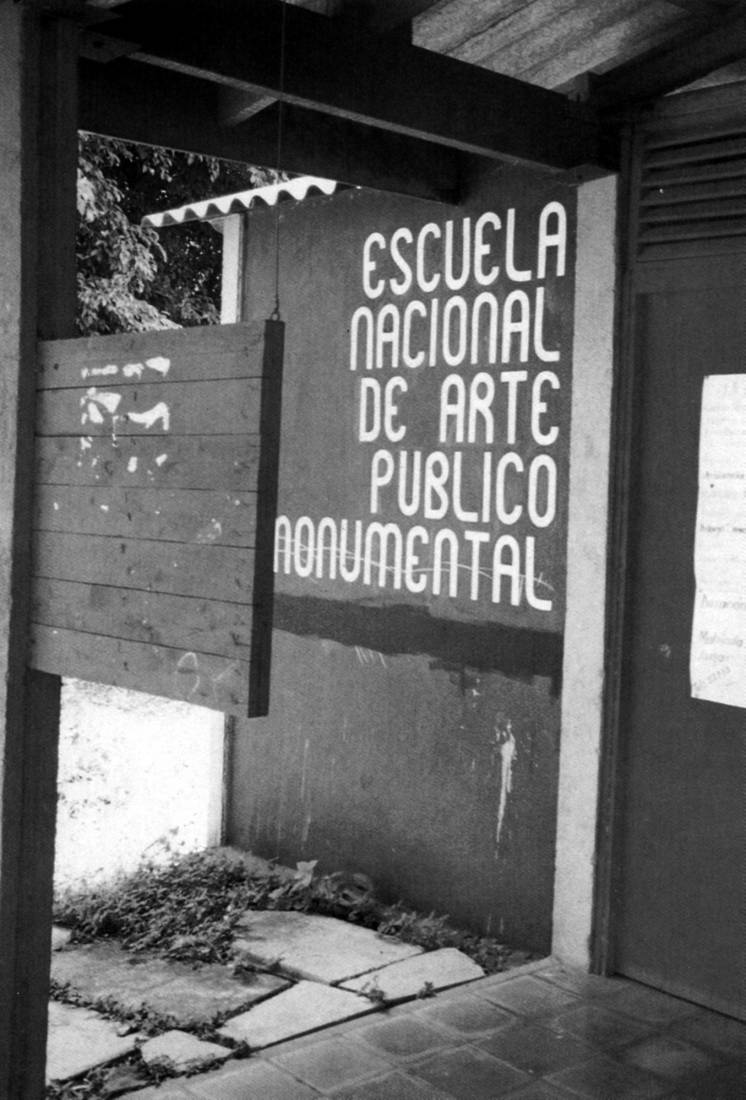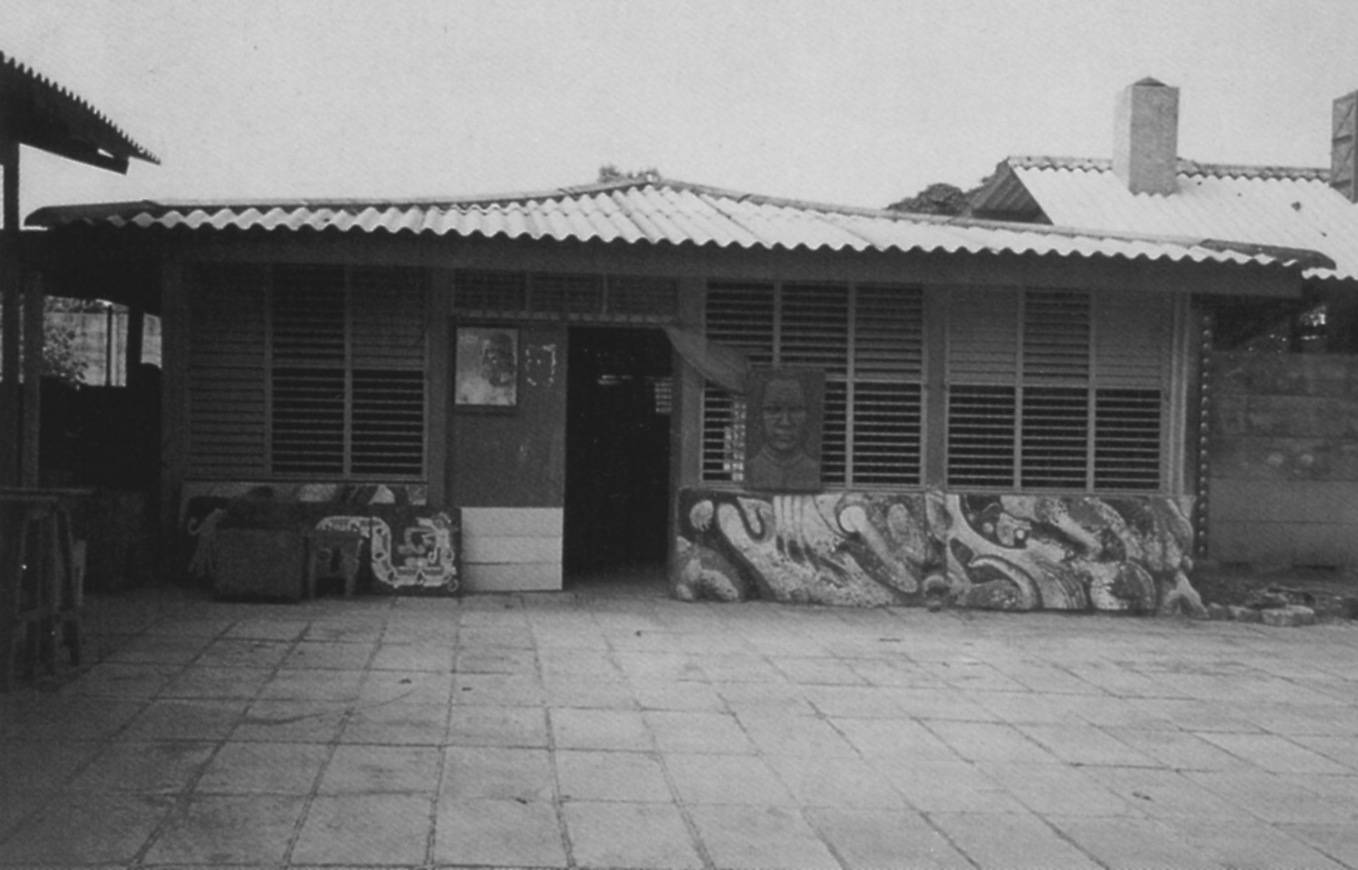dieser beitrag wurde verfasst in: englisch (eng/en)
ENAPUM-DAS, mural school in Nicaragua, 1985–89
«The first such state-sponsored specialized school in the world (the Taller Siqueiros, or Siqueiros Workshop, in Cuernavaca was no longer active in the 1980s), the Mural School was given as its full name the David Alfaro Siqueiros National School of Monumental and Public Art (Escuela Nacional de Arte Público y Monumental David Alfaro Siqueiros, or ENAPUM-DAS). While emphasizing mural painting, it included in its curriculum and practive sculpture-painting (escultura-pintura), clay and cement work in high relief, and mosaics, the natural-color stones for which are found in Nicaragua. Conceived shortly after [Sergio] Michilini's arrival in 1982, the Mural School officially opened its doors in 1985, with Leonel Cerrato as director, to students both Nicaraguan and foreign (from seven different counties), and survived until 1988–89, when government funding for the arts was radically cut. The school was housed in modest, specially enlarged premises adjoining the Ministry of Culture, an ex-Somocista hacienda known as El Retiro, now [1995] serving the Ministry of Sports, which the new government considers more important than art. […]


In the tree years of its existence, the school trained many of the muralists currently most active, notably the Nicaraguan Federico Matus and members of the Colectivo Boanerges Cerrato in Estelí. […] The formation of the school went hand-in-hand with the most ambitious practical application: the sixteen-part cycle in the Church of Santa María de los Angeles in the poor Managua barrio of Riguero, inaugurated in July 1985, the same day as the Mural School. The cycle achieved international renown and attracted visitors from abroad. […] After the demise of the school, on 19 September 1989, twelve Nicaraguan muralists, meeting in the Praxis Gallery, constituted themselves as a sociopolitically motivated Unión de Artistas Público-Monumentales (Union of Artits in Public and Monumental Art). But this group seems to exist only on paper, and the more active association of muralists at present is a diffuse international one calling itself TALAMURO (Taller Latinoamericano de Muralistas, or Latin American Workshop of Mural Painters), of which Michilini is coordinator.
To compensate for the loss of the school and to maintain the impetus of the mural movement, Michilini initiated a scheme even larger in scale than the church cycle, with murals by other Italians, Nicaraguans, and internationalists (twenty artists from ten different countries, seven of them in Latin America, are represented at the time of writing), mainly in Latin America, in the Monseñor Oscar Arnulfo Romero Spiritual Center (CEMOAR), a retreat, study, and conference center near Managua.[…]»
(Kunzle 1995, p. 45–46)